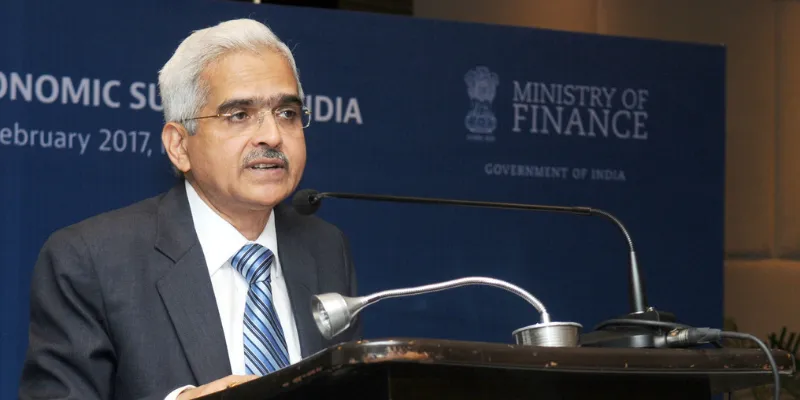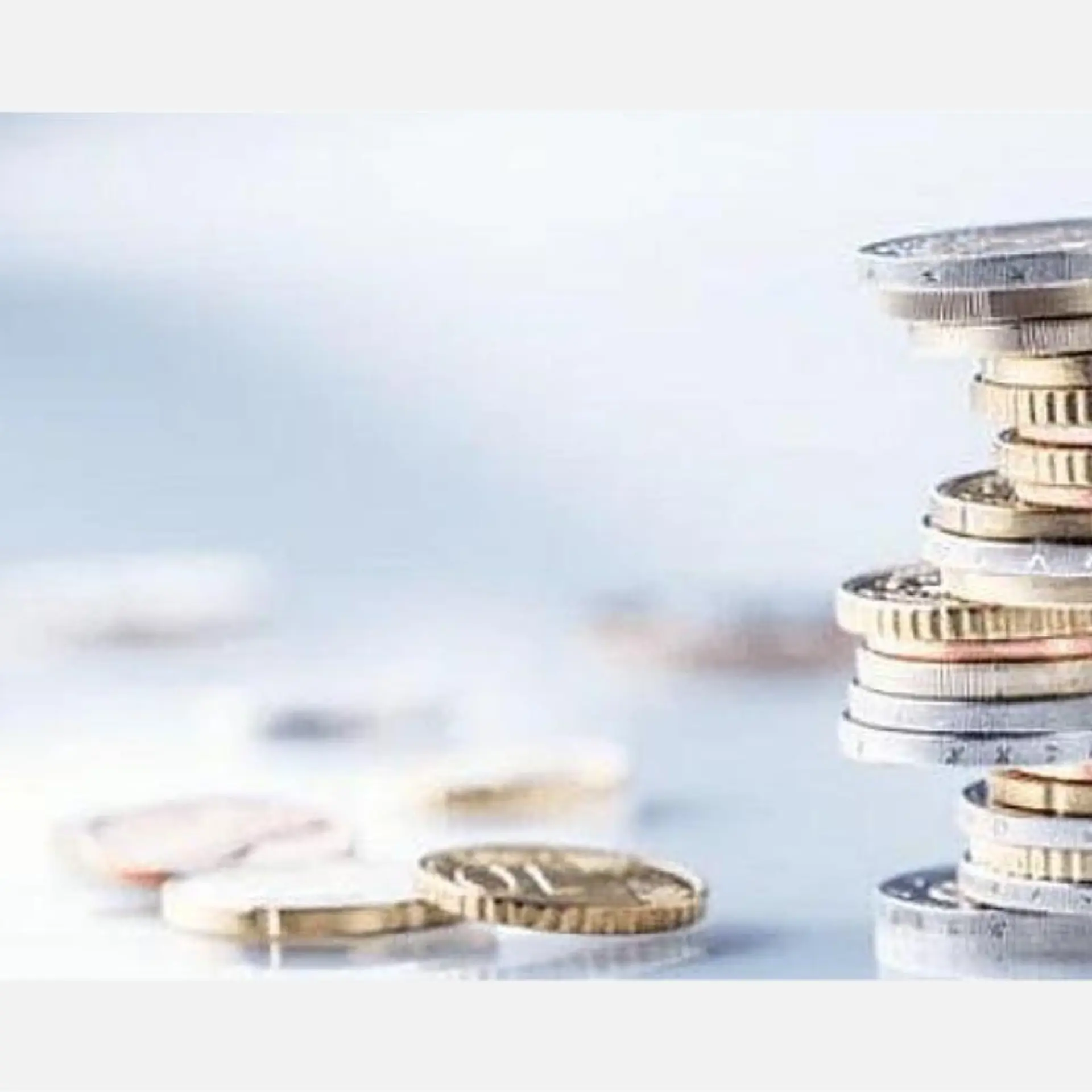GDP likely to contract 9.5 pc in FY21: RBI
RBI Governor Shaktikanta Das says growth is likely to pick up in the second half of the fiscal and enter the positive zone in the January-March quarter.
The Reserve Bank of India on Friday said the economy was likely to contract by 9.5 percent in the current fiscal.
GDP contracted 23.9 percent in the first quarter of the fiscal, as per the estimates of the Central Statistics Office (CSO).
In a statement after the meeting of the Monetary Policy Committee, RBI Governor Shaktikanta Das said the Indian economy was entering a decisive phase in the fight against coronavirus.
Das also said the contraction in economic growth witnessed in the April-June quarter of the fiscal is "behind us" and silver linings are visible. He higlighted the uptick in manufacturing sector and energy consumption, among others.
According to him, inflation is likely to ease to the target level in the fourth quarter of 2020-21.
The Retail inflation (CPI), which the RBI factors in its monetary policy, has remained above 6 percent in the recent months. The government has tasked RBI to keep the inflation at 4 percent, with a margin of 2 percent on either side.
The governor said GDP was likely to contract by 9.5 percent in the fiscal ending March 2021.
Das also said growth was likely to pick up in the second half of the fiscal and enter into the positive zone in the January-March quarter.

Shaktikanta Das , RBI Governor
The spread of coronavirus and resultant lockdown had severely hit the economic activities in the country.
Earlier in September, according to American brokerage Goldman Sachs, the Indian economy is the worst hit among major economies, sharply cutting its 2020-21 GDP forecast to a contraction of 14.8 percent.
"India's GDP (gross domestic product) was hit by COVID-19, the highest across major economies," analysts at the brokerage said.
Also Fitch said India recorded one of the sharpest GDP contractions in the world in the April-June quarter, but noted that growth would rebound strongly in the July-September period amid re-opening of the economy.
(Disclaimer: Additional background information has been added to this PTI copy for context)
Edited by Teja Lele







